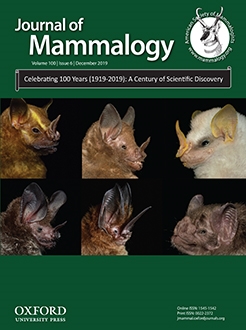Quaternary climatic oscillations affected species distributions worldwide, creating cycles of connectivity and isolation that impacted population demography and promoted lineage divergence. These effects have been well studied in temperate regions. Taxa inhabiting mesic montane habitats in tropical ecosystems show high levels of endemism and diversification in the distinct mountain ranges they inhabit; such a pattern has commonly been ascribed to past climatic oscillations, but few phylogeographic studies have tested this hypothesis. Here, we combine ecological niche models of species distributions with molecular data to study phylogeographic patterns in two rodents endemic to the highlands of Costa Rica and western Panama (Reithrodontomys creper and Nephelomys devius). In so doing, we apply a novel approach that incorporates a basic ecological principle: the expected positive relationship between environmental suitability and population abundance. Specifically, we use niche models to predict potential patterns of population connectivity and stability of different suitability levels during climatic extremes of the last glacial–interglacial cycle; we then test these predictions with population genetic analyses of a mitochondrial and a nuclear marker. The detailed predictions arising from the different levels of suitability were moderately to highly congruent with the molecular data depending on the species. Overall, results suggest that in these tropical montane ecosystems, cycles of population connectivity and isolation followed a pattern opposite to that typically described for temperate or lowland tropical ecosystems: namely, higher connectivity during the colder glacials, with isolation in montane refugia during the interglacials, including today. Nevertheless, the individualistic patterns for each species indicate a potentially wide gamut of phylogeographic histories reflecting particularities of their niches. Taken together, this study illustrates how phylogeographic inferences may benefit from niche model outputs that provide more detailed predictions of connectivity and finer characterizations of potential refugia through time.
How to translate text using browser tools
4 June 2020
Sufficient versus optimal climatic stability during the Late Quaternary: using environmental quality to guide phylogeographic inferences in a Neotropical montane system
Mariano Soley-Guardia,
Ana Carolina Carnaval,
Robert P. Anderson
ACCESS THE FULL ARTICLE

Journal of Mammalogy
Vol. 100 • No. 6
December 2019
Vol. 100 • No. 6
December 2019




